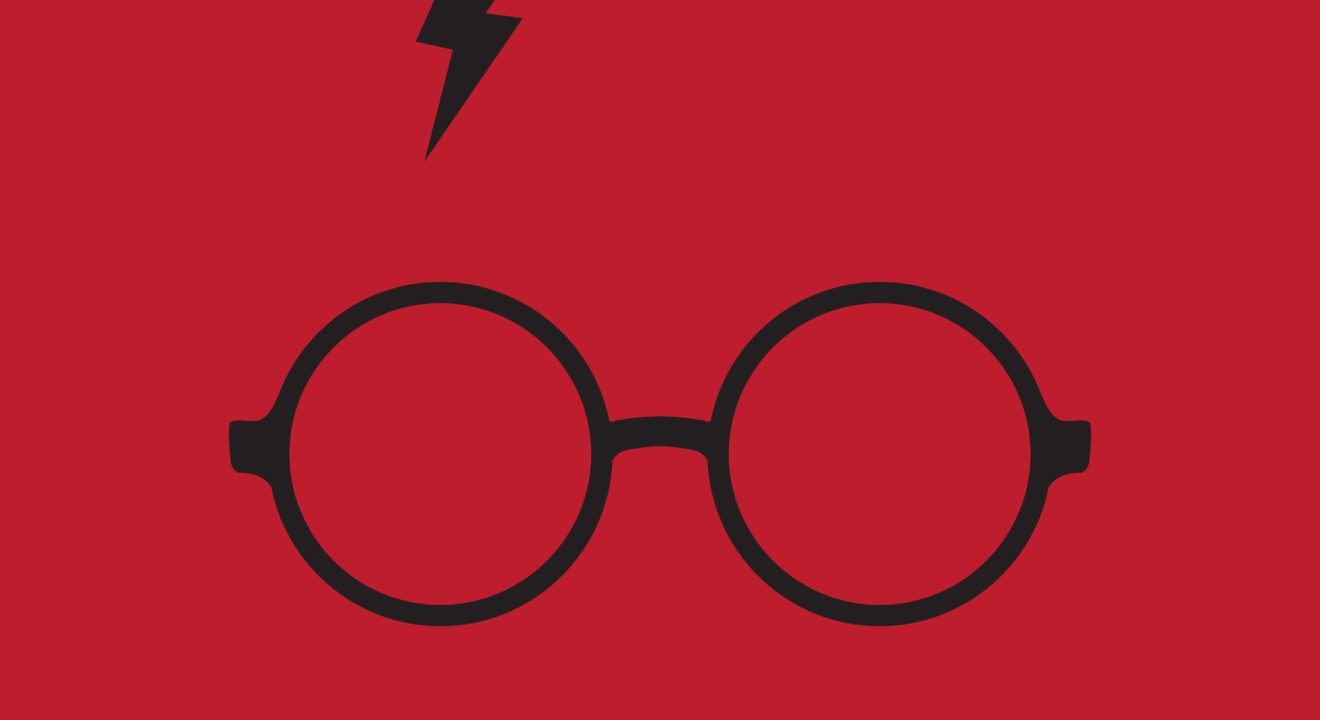Uncategorized March 17, 2017


“Mr. and Mrs. Dursley, of number four, Privet Drive, were proud to say they were perfectly normal, thank you very much. They were the last people you’d expect to be involved in anything strange or mysterious, because they just didn’t hold with such nonsense.” These two sentences were the start of seven books, comprised of 1,084,170 words total, the largest fandom on and off the internet, and multiple theme parks in its honor.
Nineteen years ago, J.K. Rowling released the first book in a series that would rock the literary world, and while it made its debut as a children’s book, in reality, it is something that traverses all age groups.
On the surface Harry Potter deals with friendship, bravery, and defeating the ultimate evil. However, as the series progresses, the themes become darker as the golden trio ages and realizes the horrors of the world.
The characters experience racism, classism, and sexism. Remus Lupin might be the kindest man Harry has ever met, but he is shunned by society for a condition he had no say in. He was turned into a werewolf and shunted to the outskirts of society for a lifetime. The centaurs are persecuted because they refuse to become involved in human affairs, likewise with merpeople. Hermione founded S.P.E.W. because wizards considered themselves so superior to house elves that they never thought about what they were doing was enslaving an entire race.
In the Potterverse there are three classes, Pureblood, Half-Blood, and Muggleborn. Not only is the wizarding world dealing with a race war, but also a class one. The Malfoys, the Lestranges, and every other Death Eater out there thinks they are better than every one else because of the status of their blood. They are involved in a blood purity war, when their own leader is a Half-Blood. But that doesn’t matter, and they will do anything to get rid of those who don’t hail from the most ancient houses of wizarding ancestry. And don’t forget about those who turn their backs on the Purebloods; the Weasleys are the biggest blood-traitors around, and they are never allowed to forget it.
Rowling’s treatment of the women in the books is fantastic. She portrays them as women truly are, multi-faceted, intelligent, spirited, and independent. Professor McGonagall is a fierce stern woman, while Molly Weasley is entirely devoted to the protection of her family, even if it means killing someone. Hermione is intelligent and exceedingly kind, never failing to stand up for she what she believes is right. Luna Lovegood represents the innocence of society, but also her ability to see past what others think of as imagination. She may believe in the bizarre, but she believes in it, and that is enough.
Even the female characters that are evil are not one-dimensional. Would anyone say to Bellatrix Lestrange that she one-dimensional? Narcissa Malfoy may be aligned with Voldemort, but before her allegiance to him, she will protect her son first. She let Voldemort believe Harry was dead because he told her that Draco was still alive, knowing full-well that Harry might overtake Voldemort in a final battle.
Her characters are not inherently good or evil either. Traditional children’s books paint characters as wholly good or wholly evil; there is no grey area to cloud the reader’s mind. Dumbledore might have all of the qualities of a sage, but he was once corrupted by power, arguing for the “greater good.” He turned down Minister of Magic three times because he knew that he couldn’t be trusted in such a position of power. Even Harry is blinded by his unfathomable loyalty, and it costs him Sirius’ life in Order of the Phoenix, running to save his life, when he should have been thinking about himself first.
Voldemort was once a man named Tom Riddle, and he grew up without a mother. This does nothing to excuse the choices he’s made, the people he’s murdered, and the damage he inflicted upon his soul, but it shows the reader that there are more to characters, and by extension people, than what we see projected on the surface.
All of these themes are problems that impact the real world, racism, especially in the United States is rampant, classism exists on every single level of society, and women still don’t have equal rights or equal pay. Change may start with the younger generations, but it doesn’t hurt to educate older generations along the way, and Rowling does just that. Rowling took concepts that affected society and wrote about them in a way that children might be able to understand, with the help of a little magic.
Sorry, no related posts found.